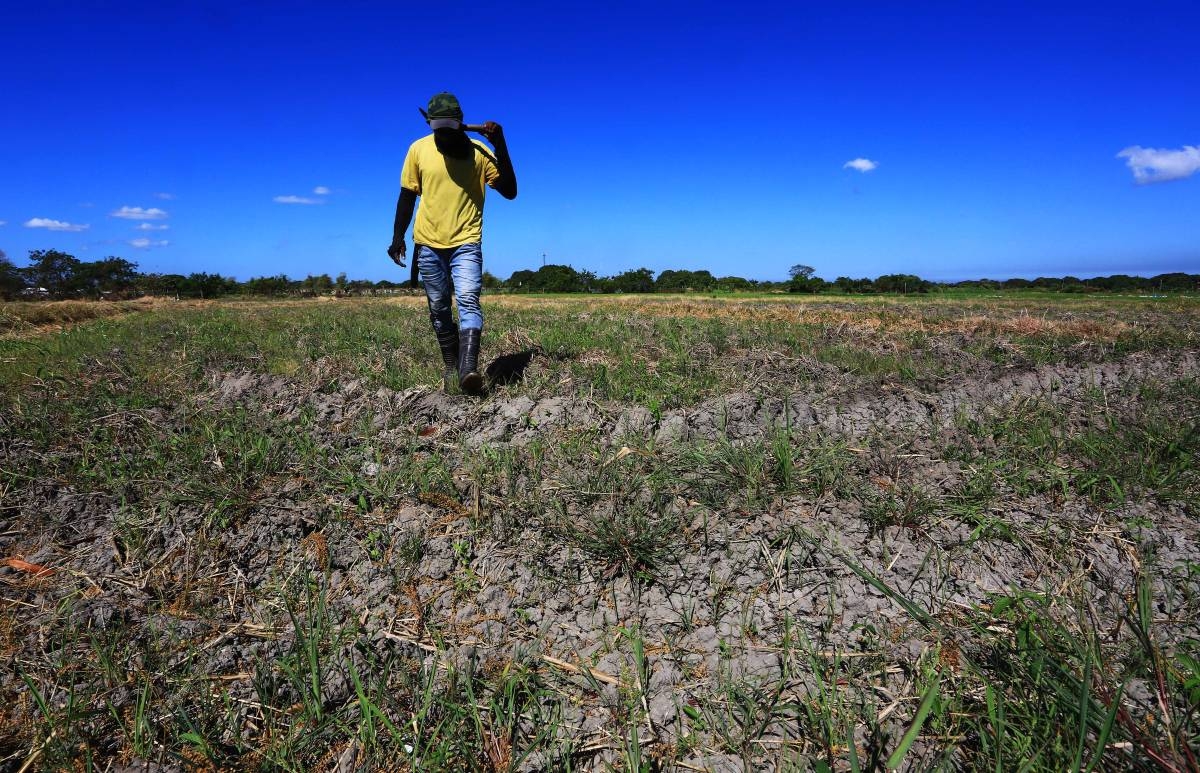DAMAGE to agriculture brought about by El Niño surged to P1.05 billion, the National Disaster Risk Reduction and Management Council (NDRRMC) said on Wednesday. This natural phenomenon has had a significant impact on the agricultural sector, with 17,718 hectares of farmlands affected, equivalent to 32,844 metric tons of production volume.
The regions most affected by the dry spell are Western Visayas, with 13,363 hectares of crop area affected, valued at P678.7 million, followed by Mimaropa with 3,116 hectares, valued at P319.7 million. Other regions, such as the Ilocos Region, Calabarzon, and the Zamboanga Peninsula, have also experienced the effects of El Niño on their farmlands.
Only the local government of Bulalacao in Oriental Mindoro has declared a state of calamity due to the long dry spell. In Negros Occidental, several barangays have been experiencing a shortage of drinking and irrigation water since December 2023. Zamboanga City has implemented a water rationing scheme in its west coast and central areas due to limited water supply. These water shortages have led to dried-up rivers and fields, affecting both water supply and crops.
The Department of Agriculture has identified 275,000 hectares of rice fields as vulnerable to the impact of El Niño. This represents an estimated yield of 1.1 million metric tons of palay or rice stocks, which would only be sufficient for 20 days. The Philippines has 4.8 million hectares of land dedicated to cultivating palay, and last year, it achieved a record-breaking harvest of 20.06 million metric tons.
To mitigate the adverse impact of El Niño, Agriculture Secretary Francisco Tiu Laurel Jr. has called on local government units across Mindoro Island to officially declare a state of calamity. This declaration would enable affected communities to receive comprehensive assistance, including financial aid, agricultural inputs like crop seeds, and livestock.
The Department of Agriculture is offering up to P25,000 in interest-free loans for three years to eligible farmers and fisherfolk through the Survival and Recovery (SURE) aid program. Additionally, the government is prepared to provide farm inputs through the Quick Response Fund, and the Philippine Crop Insurance Corp. is ready to issue insurance claims of up to P25,000 for registered agricultural workers.
The El Niño phenomenon, characterized by abnormal warming of sea surface temperatures in the central and eastern equatorial Pacific Ocean, has led to below-normal rainfall in the Philippines. This has resulted in severe drought conditions, causing significant damage to the agricultural sector and threatening food security in the country.
As the government and local communities work together to address the challenges posed by El Niño, it is crucial to provide immediate support to affected farmers and ensure the long-term resilience of the agricultural sector. By implementing measures to mitigate the impact of El Niño and providing assistance to affected communities, the Philippines can overcome these challenges and ensure the continued productivity and sustainability of its agricultural industry.
Source: The Manila Times








